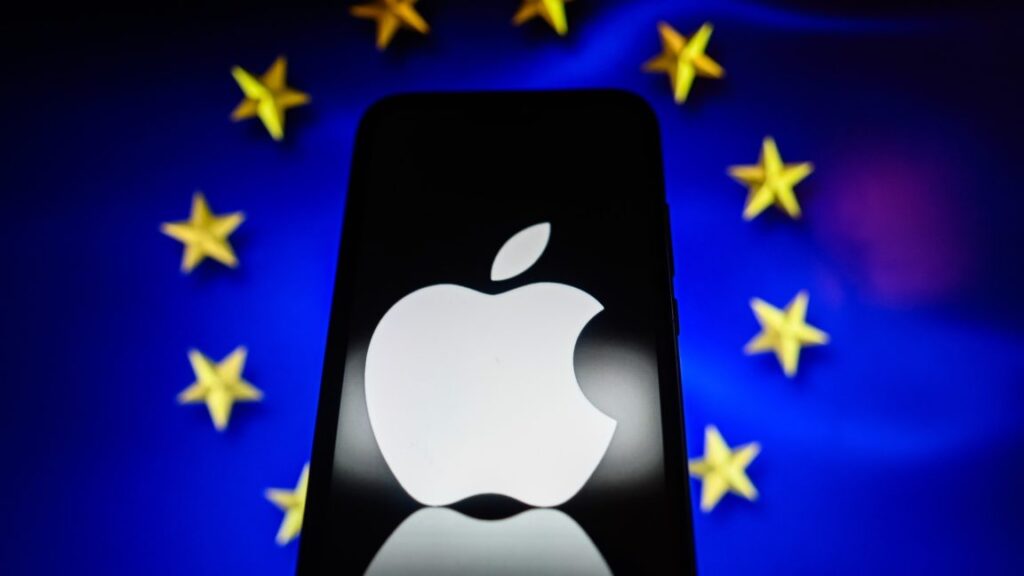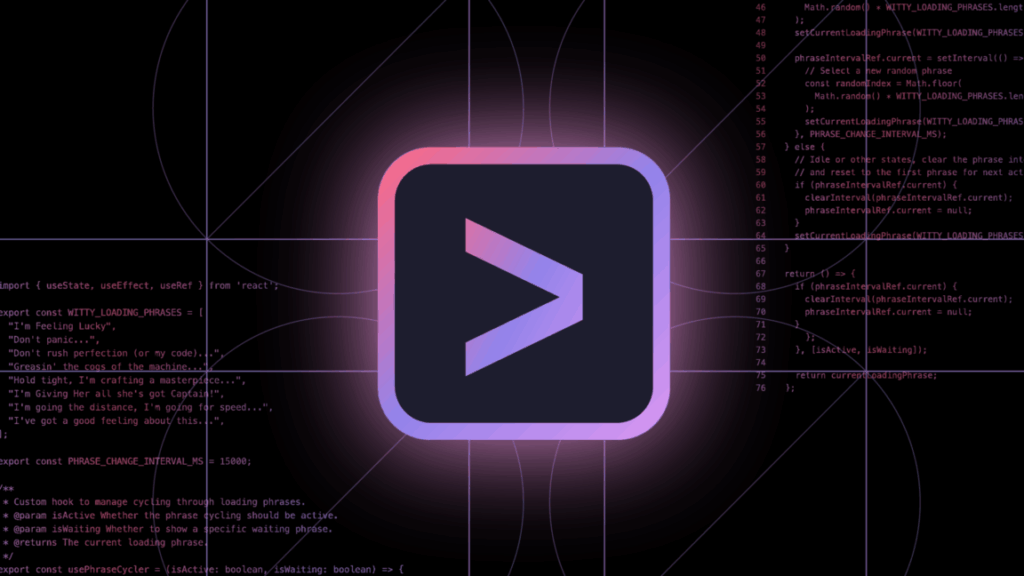Supreme Court upholds Texas porn law that caused Pornhub to leave the state
Justice Elena Kagan filed a dissenting opinion that was joined by Sonia Sotomayor and Ketanji Brown Jackson. Kagan said that in similar cases, the court applied strict scrutiny, “a highly rigorous but not fatal form of constitutional review, to laws regulating protected speech based on its content.”
“Texas’s law defines speech by content and tells people entitled to view that speech that they must incur a cost to do so,” Kagan wrote. “That is, under our First Amendment law, a direct (not incidental) regulation of speech based on its content—which demands strict scrutiny.”
The Texas law applies to websites in which more than one-third of the content “is sexual material harmful to minors.” Kagan described the law’s ID requirement as a deterrent to exercising one’s First Amendment rights.
“It is turning over information about yourself and your viewing habits—respecting speech many find repulsive—to a website operator, and then to… who knows? The operator might sell the information; the operator might be hacked or subpoenaed,” Kagan’s dissent said. The law requires website users to verify their ages by submitting “a ‘government-issued identification’ like a driver’s license or ‘transactional data’ associated with things like a job or mortgage,” Kagan wrote.
Limiting no more speech than necessary
Under strict scrutiny, the court must ask whether the law is “the least restrictive means of achieving a compelling state interest,” Kagan wrote. A state facing that standard must show it has limited no more adult speech than is necessary to achieve its goal.
“Texas can of course take measures to prevent minors from viewing obscene-for-children speech. But if a scheme other than H. B. 1181 can just as well accomplish that objective and better protect adults’ First Amendment freedoms, then Texas should have to adopt it (or at least demonstrate some good reason not to),” Kagan wrote.
The majority decision said that applying strict scrutiny “would call into question all age-verification requirements, even longstanding in-person requirements.” It also said the previous rulings cited in the dissent “all involved laws that banned both minors and adults from accessing speech that was at most obscene only to minors. The Court has never before considered whether the more modest burden of an age-verification requirement triggers strict scrutiny.”
Supreme Court upholds Texas porn law that caused Pornhub to leave the state Read More »













